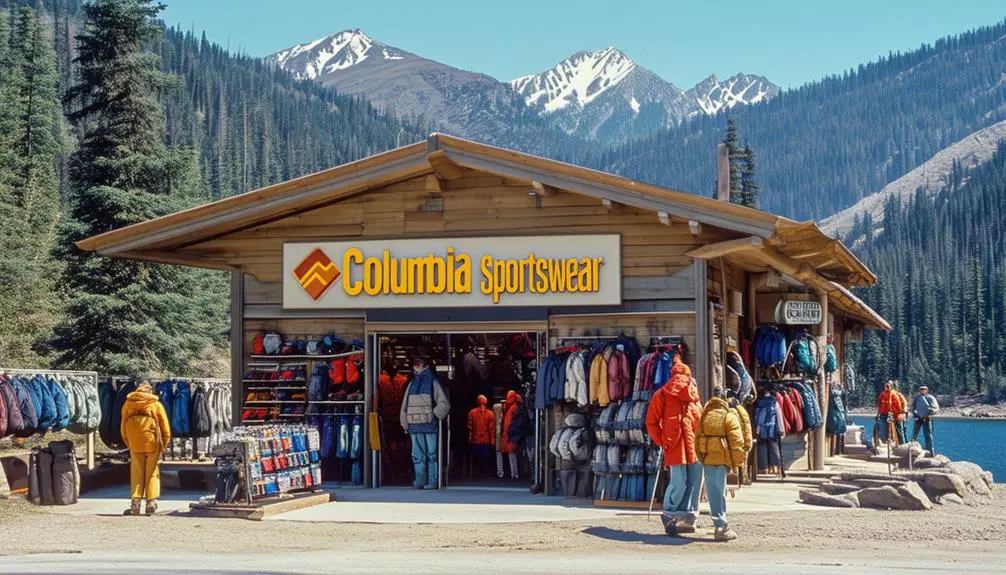Columbia Sportswear began its journey in the late 1930s as the Columbia Hat Company in Portland, Oregon, with a strong emphasis on quality and innovation in outdoor fashion. Under the visionary leadership of Gert Boyle, the brand navigated financial challenges and achieved remarkable growth, introducing cutting-edge technologies like the Interchange System and Omni-Heat Reflective, which revolutionized outdoor clothing. Columbia expanded its portfolio by acquiring notable brands such as Sorel and PrAna, all while remaining dedicated to sustainability through the use of recycled materials and water conservation initiatives. Today, Columbia Sportswear generates billions in revenue and continues to lead the way in outdoor fashion, showcasing resilience and a commitment to innovation that shapes the future of the industry.
Founding and Early Years
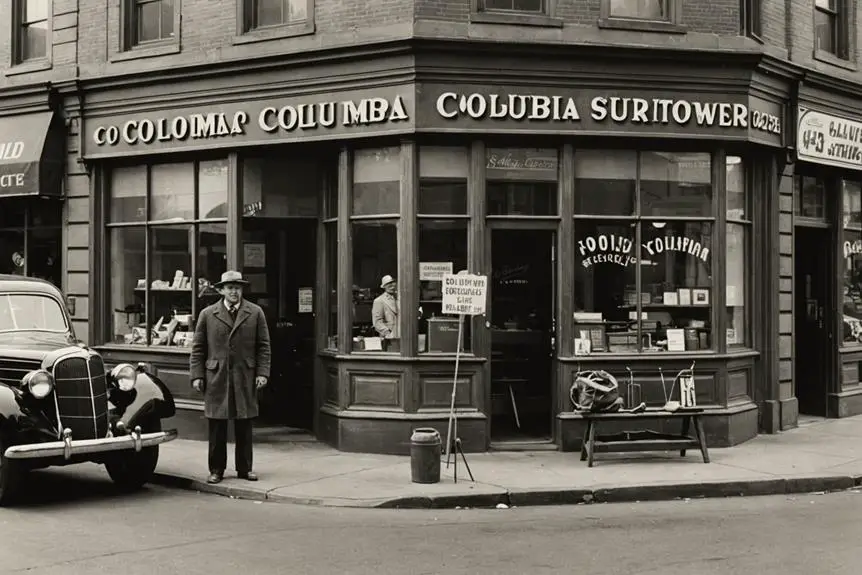
In the late 1930s, a small yet ambitious venture took root in Portland, Oregon, marking the beginning of what would become Columbia Sportswear Company. Originally founded as Columbia Hat Company by Paul and Marie Lamfrom, the company emerged from the acquisition of the Rosenfeld Hat Company. The early years were defined by a commitment to product quality, yet manufacturing frustrations soon led to a pivotal change. By 1960, the company shifted from hats to outdoor apparel, aiming to capture the rugged spirit of the Pacific Northwest.
The arrival of Gert Boyle, known later as the "Tough Mother," in 1948, brought a new dynamic to the company when she married Neal Boyle. After Neal's unexpected passing in 1970, Gert assumed leadership, steering the company into a new era. Under her guidance, Columbia Sportswear not only embraced outdoor apparel but also set high standards for innovation. Gert's leadership transformed the brand, intertwining it with the Pacific Northwest heritage and solidifying its reputation in the outdoor industry. This foundation laid the groundwork for Columbia Sportswear's future success, emphasizing resilience and quality in every product.
Gert Boyle's Influence
Stepping into the role of leader after her husband's untimely death, Gert Boyle transformed Columbia Sportswear into a powerhouse of outdoor apparel. Known as the "Tough Mother," her leadership style epitomized high standards and an unyielding commitment to quality. Boyle's mantra, "It's perfect. Now make it better," spurred innovation and set a benchmark for excellence.
Under her direction, the company rebounded from near bankruptcy in the 1970s, achieving sales of nearly $80 million by 1989. Boyle's legacy is marked by her dedication to creating functional, durable products, exemplified by the groundbreaking Interchange System introduced in 1982. This innovative approach revolutionized outdoor clothing, allowing for versatility and adaptability in varying conditions.
| Year | Key Achievement | Impact |
|---|---|---|
| 1970 | Took over leadership | Rescued the company from crisis |
| 1982 | Launched Interchange System | Changed outdoor apparel market |
| 1989 | Reached $80 million in sales | Established industry leadership |
| 2005 | Published "One Tough Mother" | Solidified her legacy |
Through her visionary leadership, Gert Boyle's influence continues to resonate, shaping Columbia's ethos of quality and innovation in outdoor apparel.
Technological Innovations
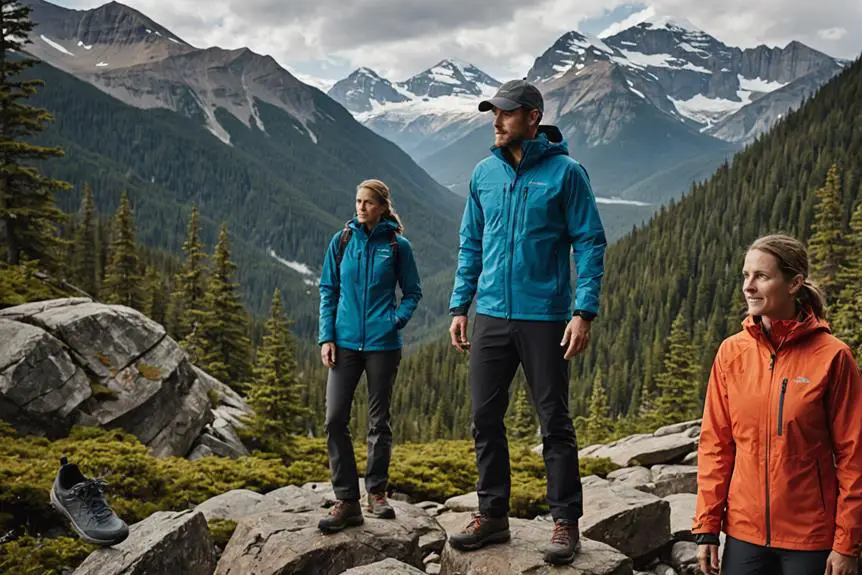
Gert Boyle's relentless pursuit of innovation laid the groundwork for Columbia Sportswear's impressive technological advancements. Since 2010, Columbia has consistently pushed the envelope with groundbreaking technologies designed to enhance your outdoor experience. Omni-Heat Reflective technology, introduced in 2010, features heat-retaining dots that boost warmth without adding bulk, ensuring you stay cozy during chilly excursions.
In 2013, the company revealed Omni-Freeze ZERO, which National Geographic Adventure named Gear of the Year for its unique ability to cool your body during intense outdoor activities. Following that, TurboDown technology, launched in 2014, combines synthetic insulation with natural down, providing superior warmth and performance in cold conditions.
In 2016, Columbia presented OutDry Extreme, a game-changer that offers both waterproof protection and breathability, allowing moisture to escape while keeping water out. Finally, the 2018 release of Omni-Heat 3D took thermal retention to new heights, utilizing advanced thermal-reflective technology for unparalleled warmth and comfort. These technological innovations exemplify Columbia Sportswear's commitment to enhancing your outdoor adventures, ensuring you're equipped with the best gear possible.
Major Milestones
Columbia Sportswear's journey is marked by a series of transformative milestones that have shaped the outdoor apparel industry. Each innovation reflects the company's commitment to enhancing the outdoor experience for enthusiasts like you.
| Year | Milestone | Impact |
|---|---|---|
| 1986 | Launch of Bugaboo™ parka | Revolutionized alpine skiing apparel |
| 2010 | Introduction of Omni-Heat Reflective technology | Enhanced thermal retention in outdoor wear |
| 2013 | Omni-Freeze ZERO awarded by National Geographic | Recognized for innovation in active wear |
In 1996, Columbia expanded into the fishing market with its Performance Fishing Gear (PFG) line, tapping into a burgeoning audience. This innovative approach not only diversified the product offerings but also elevated the brand's status within the industry.
Acquisitions and Expansion
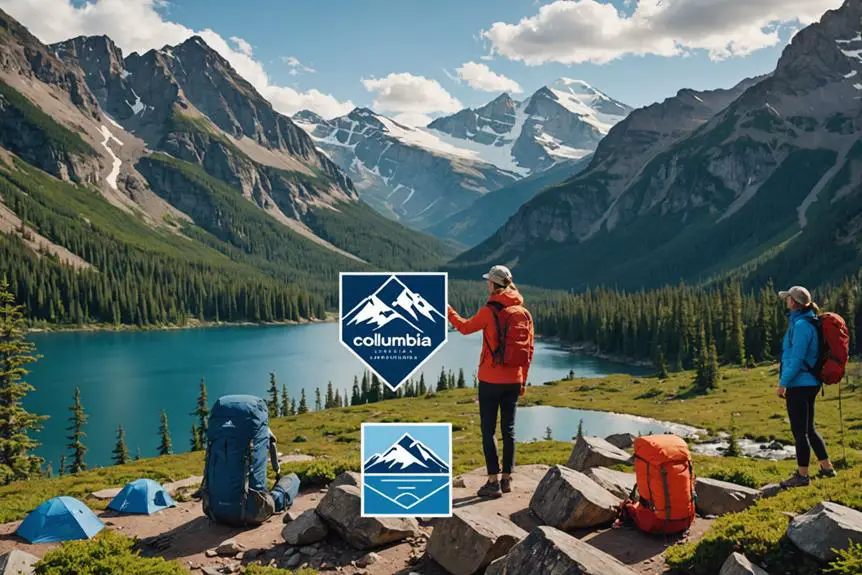
Through strategic acquisitions, Columbia Sportswear has effectively expanded its brand portfolio, positioning itself as a leader in the outdoor apparel market. You can see this trajectory clearly with key purchases like Sorel in 2000 and Mountain Hardwear in 2003, which brought new footwear and technical gear into the fold. The acquisition of PrAna for $190 million in 2014 further diversified its offerings, tapping into the growing demand for sustainable lifestyle apparel.
In 2006, Columbia acquired Montrail and Pacific Trail, enhancing its outdoor product range considerably. The 2010 acquisition of OutDry Technologies exemplified the company's commitment to innovation, improving waterproof technology in its outdoor apparel. These acquisitions have not only broadened product lines but have also solidified Columbia's reputation as a global brand.
In addition to these moves, Columbia established a joint venture in China in 2014, planning to buy out the remaining stake by 2019 to bolster its presence in the Asian market. By 2018, Columbia operated in over 72 countries and sold through 13,000 retailers globally, with 40% of its business sourced from abroad, showcasing the successful impact of its acquisitions and expansion strategy.
Market Performance
In the competitive landscape of outdoor recreation, Columbia Sportswear has consistently demonstrated robust market performance, reflecting its strong brand presence and consumer demand. In 2022, the company reported an impressive revenue of $3.4 billion, underscoring its pivotal role in the outdoor recreation industry. This was a notable increase from the $3.13 billion net revenue achieved in 2021, indicating a trend of consistent growth and heightened demand for Columbia's innovative products.
As of October 2023, Columbia noted a 3% revenue growth, illustrating its resilience in a competitive market. The third quarter of 2023 contributed considerably to this trajectory, with revenue recorded at $985.7 million. Such financial performance not only highlights the effectiveness of Columbia's strategies but also its adaptability in a rapidly evolving landscape.
Furthermore, Columbia's market capitalization was estimated at $5.03 billion as of November 2022, reflecting its considerable value within the public market. This strong market presence positions Columbia Sportswear favorably against competitors, allowing it to leverage brand loyalty and consumer trust as it continues to navigate the challenges of the outdoor recreation sector.
Sustainability Efforts
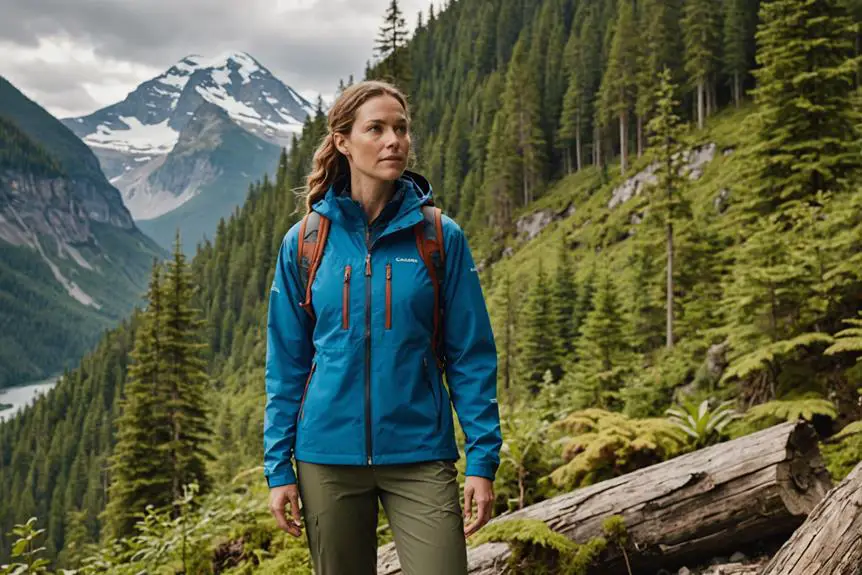
A significant focus on sustainability defines Columbia Sportswear's operational ethos, reflecting a commitment to reducing its carbon footprint by 30% by 2030. You'll find that the brand's dedication to sustainability is evident in its strategic initiatives and responsible sourcing practices.
| Initiative | Description | Impact |
|---|---|---|
| Carbon Footprint Reduction | Aiming for a 30% reduction by 2030 | Less environmental impact |
| Use of Recycled Materials | Incorporating recycled fabrics in products | Reduced waste and resource consumption |
| Water Conservation | Implementing efficient processes | Minimizing water usage |
| Discontinuation of Alpaca Wool | Enhancing environmental responsibility | Ethical sourcing practices |
| Support for Conservation Projects | Collaborating with environmental organizations | Promoting ecosystem health |
Columbia Sportswear's commitment extends to water conservation efforts during manufacturing to minimize resource waste. By discontinuing alpaca wool, the brand enhances its environmental responsibility. Collaborating with various environmental organizations, Columbia actively supports conservation projects, setting a benchmark for sustainability within the outdoor industry. In all these efforts, Columbia Sportswear exemplifies a proactive approach to achieving 100% sustainability in its product lines, solidifying its role as a leader in the domain of eco-conscious operational practices.
Product Offerings
Columbia Sportswear's product offerings showcase a thorough selection of outdoor clothing and gear designed for adventurers of all ages and skill levels. You'll find a diverse range of outdoor clothing for men, women, and children, ensuring options for everyone, including plus and big kids sizes. This inclusivity is essential in making outdoor adventures accessible to all.
The footwear line stands out with specialized options like hiking boots, trail running shoes, and sandals tailored for various activities, ensuring comfort and performance on the trails. In addition to clothing and footwear, Columbia offers essential equipment such as tents, sleeping bags, and backpacks, catering to your diverse adventure needs.
A significant focus on sustainability permeates their offerings, with many products incorporating recycled materials. Columbia aims for 100% sustainability, making environmentally conscious choices easier for you. Seasonal collections further enhance your outdoor experience, featuring lightweight layers and shoes that adapt to changing weather conditions and specific adventures.
Sponsorships and Collaborations
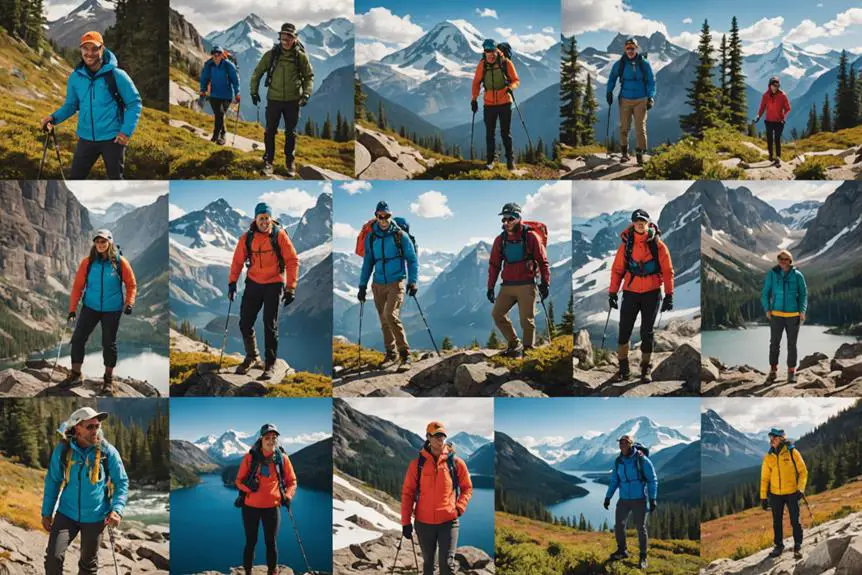
Building on a strong reputation in the outdoor apparel industry, Columbia Sportswear has forged numerous sponsorships and collaborations that elevate its brand presence and commitment to high-performance outdoor activities. By proudly outfitting the U.S., Canadian, and Russian freestyle ski teams during the 2014 Sochi Winter Olympics, Columbia showcased its dedication to elite sports. This commitment continued with their sponsorship of freestyle ski teams at the 2018 Winter Olympics in PyeongChang, further cementing their role in high-performance athletics.
Columbia's collaborations extend beyond competitive sports. In 2017, the company engaged in eco-conscious initiatives, developing sustainable outdoor gear that underscores its commitment to environmental responsibility. Additionally, between 2008 and 2010, Columbia sponsored a cycling team that participated in the Tour de France, reinforcing its support for an active lifestyle.
Through these strategic partnerships, Columbia Sportswear not only enhances its visibility within the outdoor community but also aligns itself with organizations that promote adventure and outdoor activities. This multifaceted approach to sponsorship allows the brand to connect with consumers who value high-performance gear and sustainability, ensuring a lasting impact on the outdoor apparel industry.
Future Outlook
With an eye toward the future, Columbia Sportswear is poised to expand its product line into new outdoor activities, effectively broadening its market reach and appeal. By diversifying its offerings, you can expect Columbia to tap into emerging trends, catering to adventurous consumers looking for innovative solutions in outdoor performance.
A significant focus will be on enhancing its digital presence and e-commerce capabilities, aligning with the changing behaviors of consumers who increasingly shop online. This strategy will not only improve accessibility but also strengthen customer engagement across various platforms.
International markets, especially in Asia, are key growth areas for Columbia. The company's investment in research and development will play a vital role in creating innovative technologies, ensuring that the new products meet the demands of global consumers.
Sustainability remains a core value for Columbia Sportswear, with a commitment to reduce its carbon footprint by 30% by 2030. By integrating eco-friendly initiatives into its operations and product line, Columbia not only addresses environmental concerns but also resonates with a growing demographic that prioritizes responsible purchasing. The future looks bright, reflecting a blend of innovation, sustainability, and strategic expansion.
Frequently Asked Questions
What Is the History of Columbia Brand?
You'll find Columbia's brand story begins with a focus on hats, evolving into a leading outdoor apparel company. Innovation and quality drive its success, reflecting a commitment to meet outdoor enthusiasts' needs across generations.
What Does the Columbia Sportswear Logo Mean?
The Columbia Sportswear logo represents outdoor adventure, featuring curved lines that suggest movement. Its blue color symbolizes sky and water, while the tagline "Tested Tough" highlights the brand's commitment to durability and performance in extreme conditions.
What Are Some Fun Facts About Columbia Sportswear?
You'll find Columbia Sportswear's Bugaboo™ parka transformed skiing apparel. Their Omni-Heat™ technology reflects body heat, while their commitment to sustainability aims for a 30% carbon footprint reduction by 2030. Adventure awaits with their innovative gear!
What Brands Are Owned by Columbia Sportswear?
Columbia Sportswear owns several notable brands, including Mountain Hardwear, Sorel, prAna, Montrail, and Pacific Trail. Each brand specializes in unique outdoor gear, ensuring you've got a wide range of options for your adventures.
